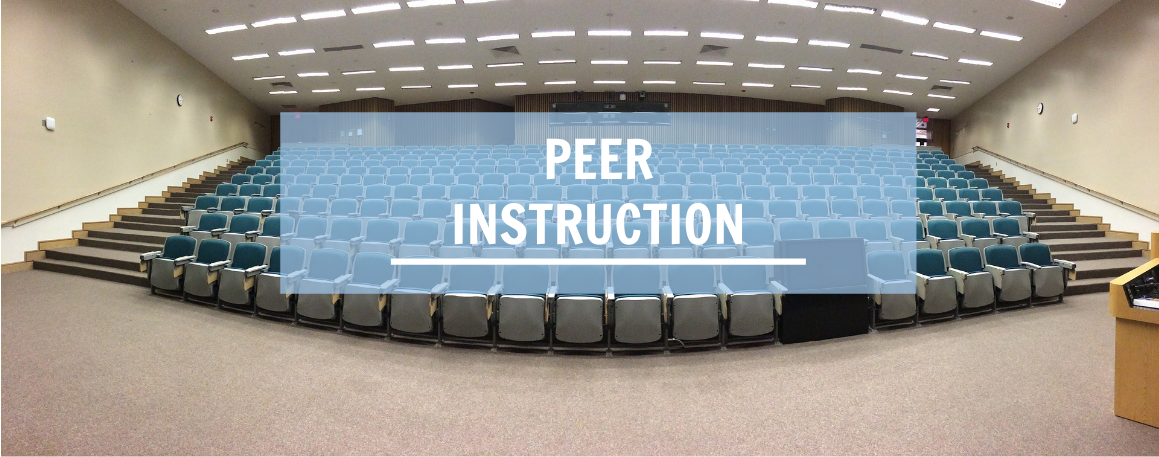Our district recently completed it’s 5-year plan to become fully one-to-one with Chromebooks in grades 3 – 12. We started this journey back in the fall of 2013 with a rollout of Chromebooks at the high school, back when these devices were still something of a novelty. In the fall of 2018, we equipped our 3rd and 4th grade classrooms with Chromebook carts in each classroom, thereby completing our vision for our one-to-one program. Students in grade 2 have access to shared touchscreen Chromebook carts and our Kindergarten and 1st grade students have access to iPads in the classroom.
During this time, the technology team, led our Instructional Technology Coaches (ITC’s), have worked hard to support teachers with the meaningful integration of technology in the teaching and learning process. We crafted our Guiding Principles for Instructional Technology, which lays out our vision and goals for our work and we have seen a distinct shift from ‘traditional instruction’ (where the teacher finds, packages, and delivers content to students) to ‘contemporary instruction’ (where students are asked questions and use available resources to research, define, and construct knowledge). I find that this shift in instruction fosters student agency/independence, leads to much higher retention rates, and promotes critical thinking/problem solving skills.
The focus of this blog post, however, is more on the changes I’ve observed in terms of students’ relationship with technology since we embarked on our one-to-one journey, particularly the pervasiveness of technology in their lives and the blurring of the lines between the personal and academic use of technology.
Curious about this trend, I did some research last August to substantiate my observations. I was particularly interested in the time frame between 2013 and 2018, which happens to coincide with our one-to-one progression. I learned that back in 2013, approximately 22% of US children aged 0 – 11 years old had a smartphone. In 2018, that number has increased to 47%. During that same timeframe, children in the 12 – 17 age group has seen this percentage go from 62% to 91%. A separate report found that, in 2017, the average age of a child in the US getting a smartphone was 10.3 years.
These are simply facts but they certainly substantiate my observations about how ubiquitous technology has become with our younger generation. What’s also clear is that many adults are worried about how technology is affecting our kids. Just last month, 60 Minutes ran a segment titled Groundbreaking study examines effects of screen time on kids. This study has has only recently begun, and while there are some interesting observations being made, many questions still remain to be answered. Other researchers are hesitant to directly associate screen time with negative outcomes, particularly poor mental and physical health.
Regardless of where the research takes us, it would stand to reason that educators and parents should emphasize a healthy balance when it comes to technology use. A priority outside of school on exercise, socialization, and good sleep patterns simply makes sense. In our district, we have a stated goal to expand efforts to help students navigate the technology-infused environment in a way that is safe, effective, healthy, and well-balanced. Our ITC’s have worked hard to encourage teachers to think carefully about how and when technology is used in the classroom and to only use it if there’s an obvious benefit over other instructional methods. We use Securly as our content filter and we have provided parents with access to Securly’s parent portal, which allows them to view internet usage reports and manage at-home filtering policies on school-issued Chromebooks. We have also offered some parent programs with a goal of educating parents about some of the brain research about technology use and to offer practical ideas for parenting in a digital society.
I know other districts are grappling with many of the same issues and concerns we are facing. While results from the longitudinal screen time study I mentioned earlier in this post will not be known for quite some time, I’m convinced of the need to raise awareness of these concerns with educators and to partner with parents in an effort to better navigate these complex issues.
Steve Ouellette

